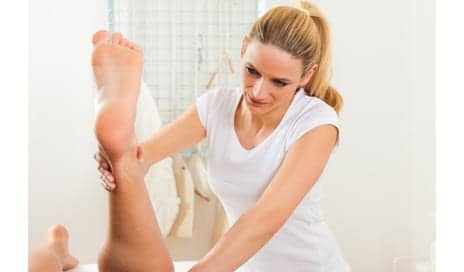A recent study suggests that there could be no clinically meaningful benefits to activities of daily living (ADLs) or quality of life from physical and occupational therapy among early-state Parkinson’s disease patients.
Carl E. Clarke, MD, of the University of Birmingham, England, and his research team conducted the large clinical trial to evaluate the effectiveness of physical therapy and occupational therapy among 762 patients with mild or moderate Parkinson’s disease. The participants, each of whom had ADL limitations, were randomly assigned to receive either physical therapy or occupational therapy, according to a media release from The JAMA Network Journals.
Each participant received, on average, four sessions of therapy per week (average time: 58 minutes) for 8 weeks.
The primary outcome was ADL score, and the secondary outcome was quality-of-life rating.
After 3 months, the researchers noted no difference between the groups in ADL total score or on a health-related quality of life questionnaire summary index, the release explains.
The authors note in the study, published online in JAMA Neurology, that it is possible that mild to moderate disease may not respond to therapies, whereas more severe disease may respond, “although this remains to be established,” per the release.
“These results should be interpreted with attention to the study details. Patients in this investigation had mild to moderate PD and the enrollment criteria excluded patients whose clinicians believed needed physical/occupational therapy. Thus, one may conclude from this investigation that blanket referrals of all patients with earlier-stage PD for routine physical or occupation therapy appears to be cost-ineffective,” writes J. Eric Ahlskog, PhD, MD, of the Mayo Clinic, Rochester, Minn, in an accompanying editorial.
“Intuitively, certain PD-related symptoms should benefit from routine physical therapy strategies, including problems such as gait freezing, imbalance/fall risk, or immobilized limbs. Patients with PD with shortened stride or reduced arm swing benefit from strategies for consciously increasing attenuated movements. Such circumscribed problems were not the focus of this investigation,” Ahlskog continues in the editorial, per the release.
[Source(s): The JAMA Network Journals, Science Daily]





